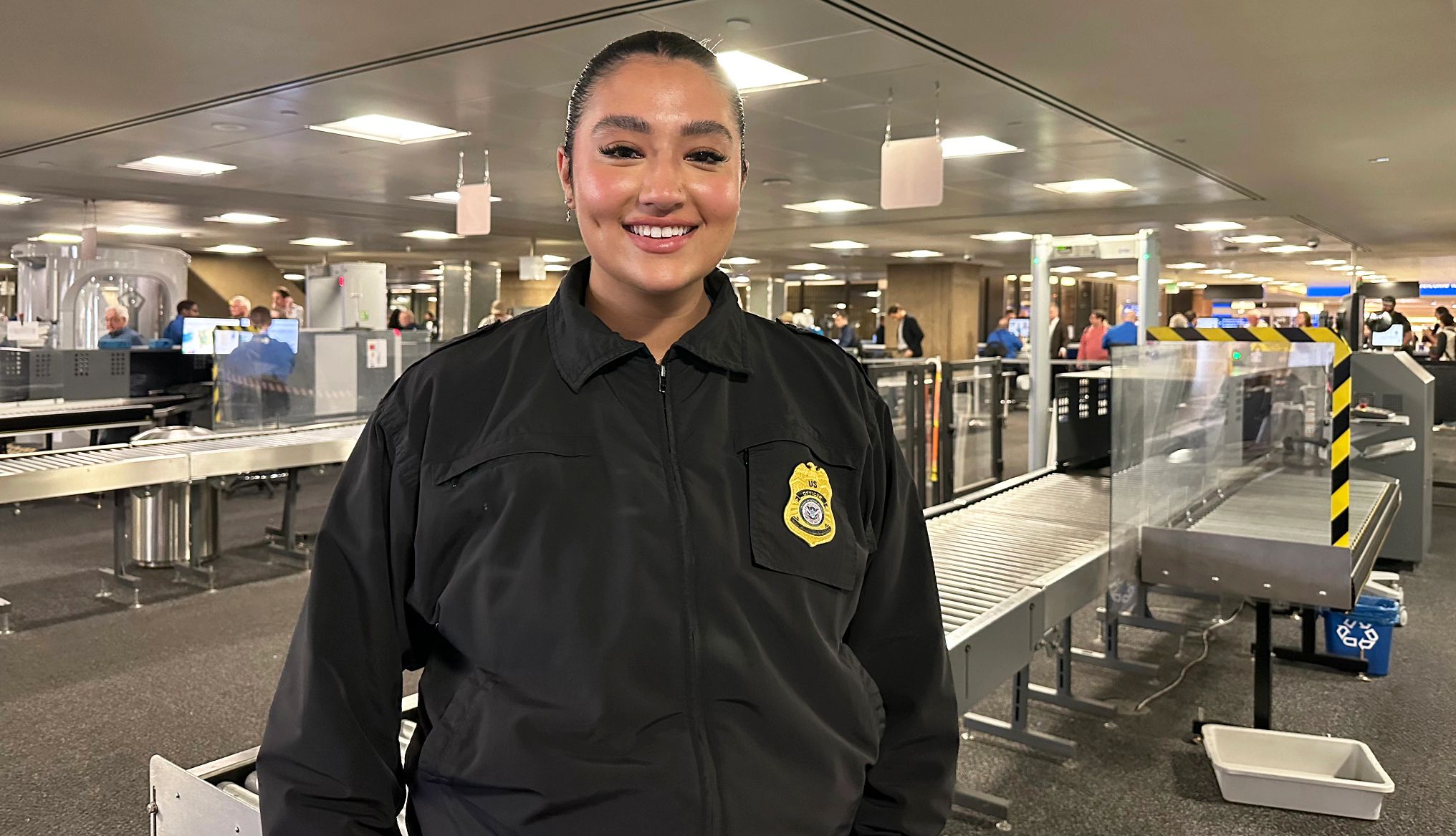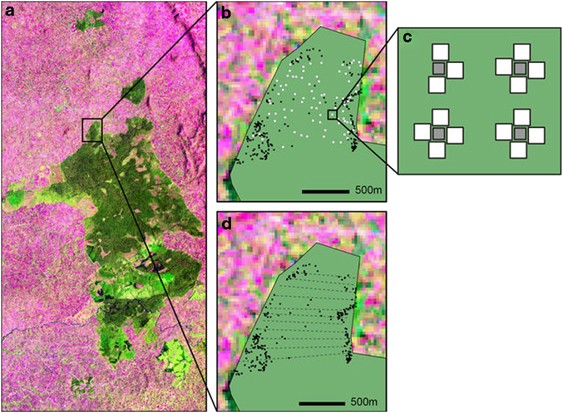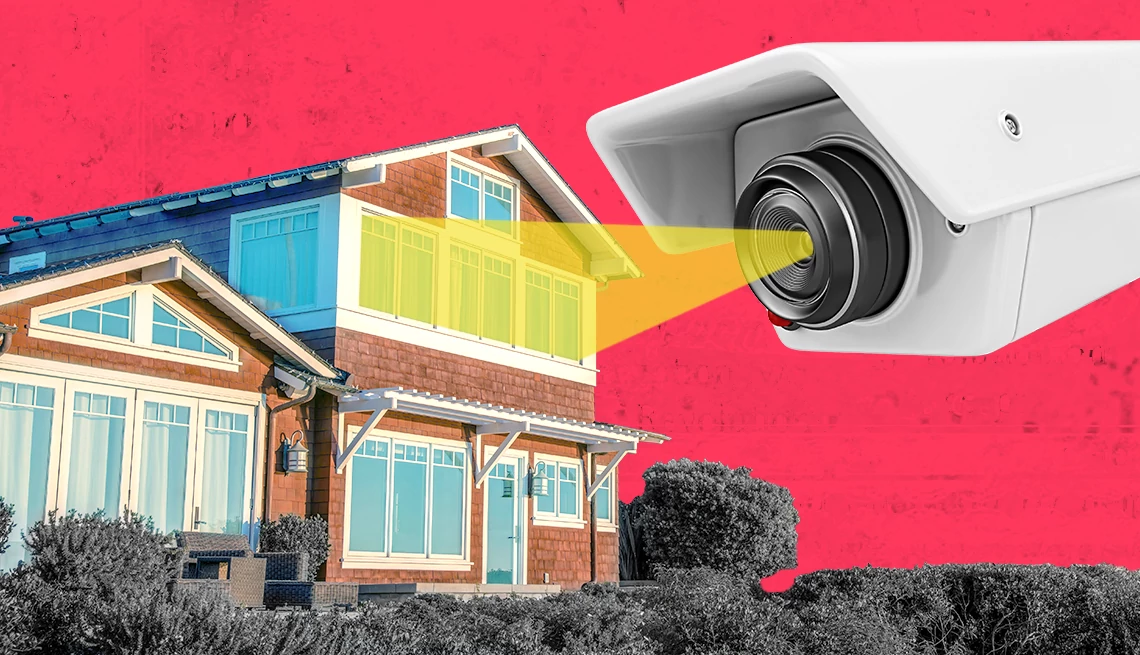
- Select a language for the TTS:
- UK English Female
- UK English Male
- US English Female
- US English Male
- Australian Female
- Australian Male
- Language selected: (auto detect) - EN
Play all audios:
“We kind of create that safe place for them,” Kang explains, adding that her team helps with many other situations: “If they’re going to need a wheelchair … [or] if they need help checking a
bag … [we can help with] basically everything you could possibly need, from getting from your car to the gate.” 11:24 A.M. We meet Roscoe, his wife and their two college-age children at the
security checkpoint. After going through the standard round of canine security used in this terminal, Kang opens a private lane for their screening. Their bags go onto the conveyor belt,
and each family member goes through the metal detector like any other passenger. Roscoe’s medical supplies are inspected, and the screening is complete. When we reach Roscoe’s gate, it’s
only 11:37 a.m. — a mere 13 minutes later. “If I didn’t pre-handle this, it could have created a pinch point coming in,” Roscoe says. “I was concerned about how efficient it was going to be,
and it was very efficient. [This went] above my expectations. Everybody was super friendly … and very kind. … It was nice to have them here to help me.” 11:43 A.M. Kang and I take the PHX
Sky Train between terminals. She approaches a couple of kids and pulls a sheet of “Junior TSA Officer” badge stickers out of her pocket. The kids’ faces light up as they proudly affix their
new badges to their shirts. The nonthreatening and fun interaction is a smart way to introduce the concept of TSA officers to children. Kang explains that on slower days with fewer TSA Cares
passengers (they recently had 24 on a busy Saturday!), her team will walk around the airport — especially near the check-in counters where travelers get boarding passes and drop off their
luggage — to see whether anyone needs their assistance. They are essentially walking billboards for the specialized service, helping to spread awareness and make a positive difference in
people’s travel days. “We’ve had so many passengers literally go into tears because they are so happy with our team and how much we comfort them and really show them that we care,” says
Kang. She’s seen it all: older adult travelers with dementia who are unable to navigate the airport alone; passengers flying to a funeral and grieving a loss so heavily that they need moral
support more than anything else; people who have autism or are afraid to fly; and sick children taking their Make-A-Wish trip with their families. All those passengers, and more, can use TSA
Cares free of charge. 2:14 P.M. Kang and her team make contact with another family for their scheduled appointment. It’s a couple and their two adult sons, both of whom have developmental
disabilities and are unable to travel alone. It becomes immediately apparent that I won’t be able to interview this family, as the sons are growing agitated by the chaos in the airport and
their parents have their hands full managing them. One son swings his arms, trying to keep other passengers and TSA agents away. They are already in a private lane, and the agents are
working together to defuse the situation.







